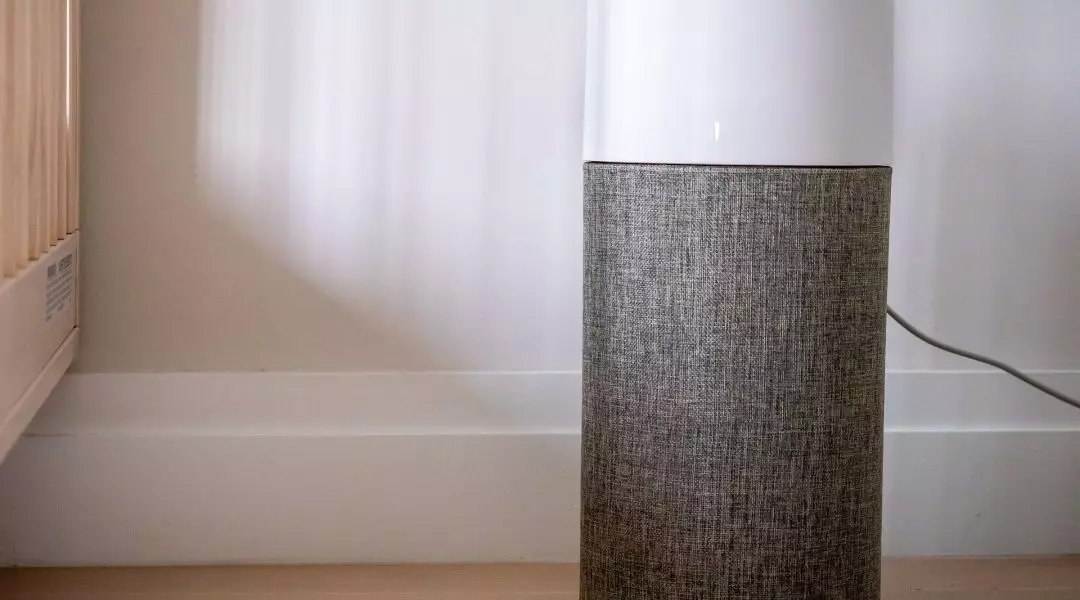Clean air is necessary to keep our lungs and blood circulation in top condition. It is one of the main factors for a healthy life. Despite the fact that we are seeing more and more air pollution, especially during the heating season - the air inside the house may not be of any better quality. According to the Environmental Protection Agency, the concentration of certain pollutants is often two to five times higher indoors than outdoors.
Why do we need an air purifier
The condition of the air especially during the heating season deteriorates rapidly. Even when we do not open the windows often pollutants still enter our home. In addition, the use of deodorants, cleaning products or having fluffy friends also contribute to the deterioration of the air we breathe. An air purifier is also recommended for allergy sufferers, people with asthma or other respiratory diseases, and children.
How an air purifier works
Air purifiers use mechanical, electrostatic, ionic or hybrid filtration. The process involves sucking polluted air through filters, which is then returned to the environment. The purifier absorbs pollutants, dust particles and even odors, which also contributes to better sleep and well-being.
Individual preferences versus choosing the right purifier
-
Asthmatics should choose HEPA filters and avoid ozone-based purifiers
-
If the apartment is located in an industrial area, the purifier should have an activated carbon filter to remove unpleasant air odors
-
If you have pets at home and their hair floats in the air, you should use appropriate pre-filters that trap larger particles.
Types of filters used in air purifiers
HEPA filters
High-efficiency particulate air(HEPA) filters are capable of removing at least 99.97% of allergens and airborne pollutants - including mold spores, dust as small as 0.3 microns, as well as tobacco smoke and bacteria. These filters are also quite economical and only need to be replaced every few years.
Although they do a great job of removing most pollutants from the home, there are still some contaminants that HEPA filters are helpless against. Vapors, gases and odors are too small for HEPA filters, and contaminants such as mold spores can settle on the filter itself, reducing its effectiveness and likely requiring replacement sooner than planned.
Carbon filter
Air purifiers with activated carbon filters absorb formaldehyde, which is found in carpets, wood panels and furniture upholstery. Odors from perfumes, chemicals and cigarette smoke are also removed. Activated carbon adsorbs very well - that is, it traps compounds in the pores. Carbon filters have a wide range of applications. It is a relatively inexpensive solution that provides high efficiency in capturing harmful gases and larger dusts.
Carbon air filters are very helpful in reducing air pollution in our rooms, but have a lower level of effectiveness in removing allergens and airborne particles.
Electrostatic (ionic) filter
The device works on the principle of ionization. The device produces negative ions, invisible to the eyes, which come into contact with pollution particles and are then attracted to the inside of the filter by means of an electrode with an opposite charge
The filter works poorly on contaminants smaller than 0.1 micrometers. It also has the disadvantage that ozone can be formed in the process, which can negatively affect our health.
Optimal filter combinations
Keeping in mind the optimal value for money, as well as the efficiency of the purifier's operation, it is recommended to choose devices that are equipped with the following set of filters:
-
Pre-filter removes larger dirt particles such as dust or dander. The pre-filter is easy to clean. When air pollution is high, it should be washed or vacuumed on average every week.
-
Carbon filter with the use of this filter will remove mainly bad odors.
-
EPA / HEPA filter this high-efficiency air filter shows high efficiency in reducing the removal of pollution from dust fungi and bacteria. We recommend choosing purifiers equipped with filters min. EPA 10, and optimally EPA12.
Development: Dominika Tyrlik






















